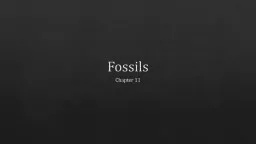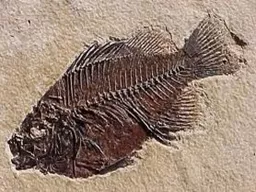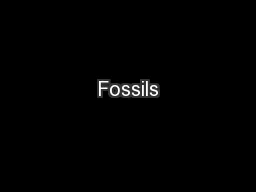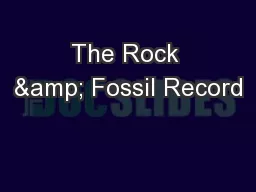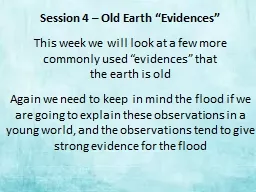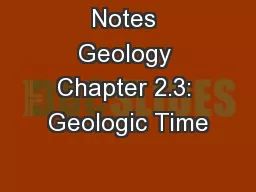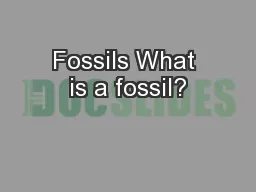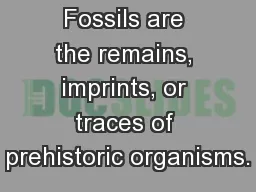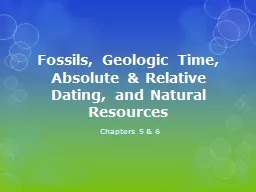PPT-Fossils Chapter 11 EARTH SCIENCE PROJECT PRESENTATION
Author : tatyana-admore | Published Date : 2019-01-22
SCHEDULE GROUP A 12318 ASHTON CALHOUN EMMANUEL MARIN HANNAH REEVES GROUP B 12518 CAROLINE GRACE EARLE ANDREW CALLAWAY EMMA MYERS GROUP C 121018 NOVE MASCI CAROLINE
Presentation Embed Code
Download Presentation
Download Presentation The PPT/PDF document "Fossils Chapter 11 EARTH SCIENCE PROJECT..." is the property of its rightful owner. Permission is granted to download and print the materials on this website for personal, non-commercial use only, and to display it on your personal computer provided you do not modify the materials and that you retain all copyright notices contained in the materials. By downloading content from our website, you accept the terms of this agreement.
Fossils Chapter 11 EARTH SCIENCE PROJECT PRESENTATION: Transcript
Download Rules Of Document
"Fossils Chapter 11 EARTH SCIENCE PROJECT PRESENTATION"The content belongs to its owner. You may download and print it for personal use, without modification, and keep all copyright notices. By downloading, you agree to these terms.
Related Documents

